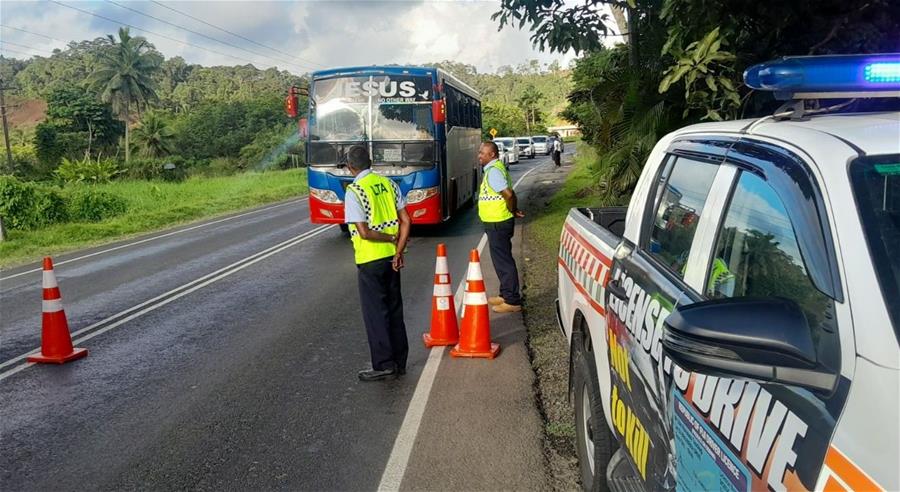SUVA, Fiji (4th September 2025): The Land Transport Authority (LTA) is issuing a strong warning to all road users to strictly adhere to road safety measures and traffic rules following the tragic death of three people in Lomaloma, Seaqaqa today, in what has been reported as an incident caused by alleged reckless driving.
According to initial reports from the Fiji Police Force, three lives were lost including the driver, six passengers were treated and discharged, while another six were transferred to Labsa Hospital. It is alleged that the driver failed to negotiate the Lomaloma S bend and veered off the road.
LTA Chief Executive Officer Irimaia Rokosawa said this latest tragedy highlighted the devastating consequences of irresponsible behaviour on our roads and the importance of adhering to speed limits and proper steering control.
He says lives continue to be lost unnecessarily when speed limits, road markings, and other basic traffic rules designed to protect everyone are ignored.
“All drivers need to take full responsibility when they get behind the wheel. Reckless driving is not only a violation of the law, but it is also a serious offence that robs families of their loved ones and places the safety of entire communities at risk,” Mr Rokosawa said.
“The Loloma accident comes amid several recent cases in which reckless driving has been identified as a contributing factor to fatalities and serious injuries. The Authority stresses that such behaviour will not be tolerated, as it remains one of the leading causes of road deaths in Fiji.”
In collaboration with the Fiji Police Force, Mr Rokosawa said the Authority was intensifying its enforcement efforts to ensure that drivers who engaged in reckless and dangerous practices are held accountable.
“It is not enough to simply issue warnings. We will continue to initiate showcause proceedings against drivers whose actions demonstrate a blatant disregard for public safety. These measures are necessary to ensure that those who endanger lives face the full consequences of their actions,” he said.
“There is a zero tolerance stance on reckless driving and safety of the public must not be compromised because of the poor decisions of a few. While enforcement remains a key strategy, the Authority will continue to place strong emphasis on education and awareness to instil safer driving habits across the country.”
Mr Rokosawa says the Authority’s Road Safety Education Teams are actively conducting outreach programmes in schools, communities, villages, workplaces, and public spaces to remind Fijians that road safety is everyone’s responsibility.
The outreach programmes, he highlighted, were designed to encourage behavioural change, ensuring that all road users understood and respected the laws that protected them.
“While we can educate and enforce road safety measures and traffic regulations, the ultimate responsibility lies with individuals making the right choices on the road,” the CEO said.
“Our officers are working tirelessly to take this message to every corner of Fiji—that safety is not just the duty of drivers, but also of passengers and pedestrians.”
He acknowledged the ongoing partnership with the Fiji Police Force in monitoring and enforcing compliance across Fiji’s roads.
Mr Rokosawa said joint enforcement operations were being carried out daily to detect and penalise unsafe driving behaviours such as speeding, dangerous overtaking, and disregard of traffic rules.
The Authority is urging every Fijian to reflect on the devastating impact that a single reckless act can have. The deaths and serious accidents in recent weeks are not just statistics—they impact human lives, leaving behind grieving families and communities.
